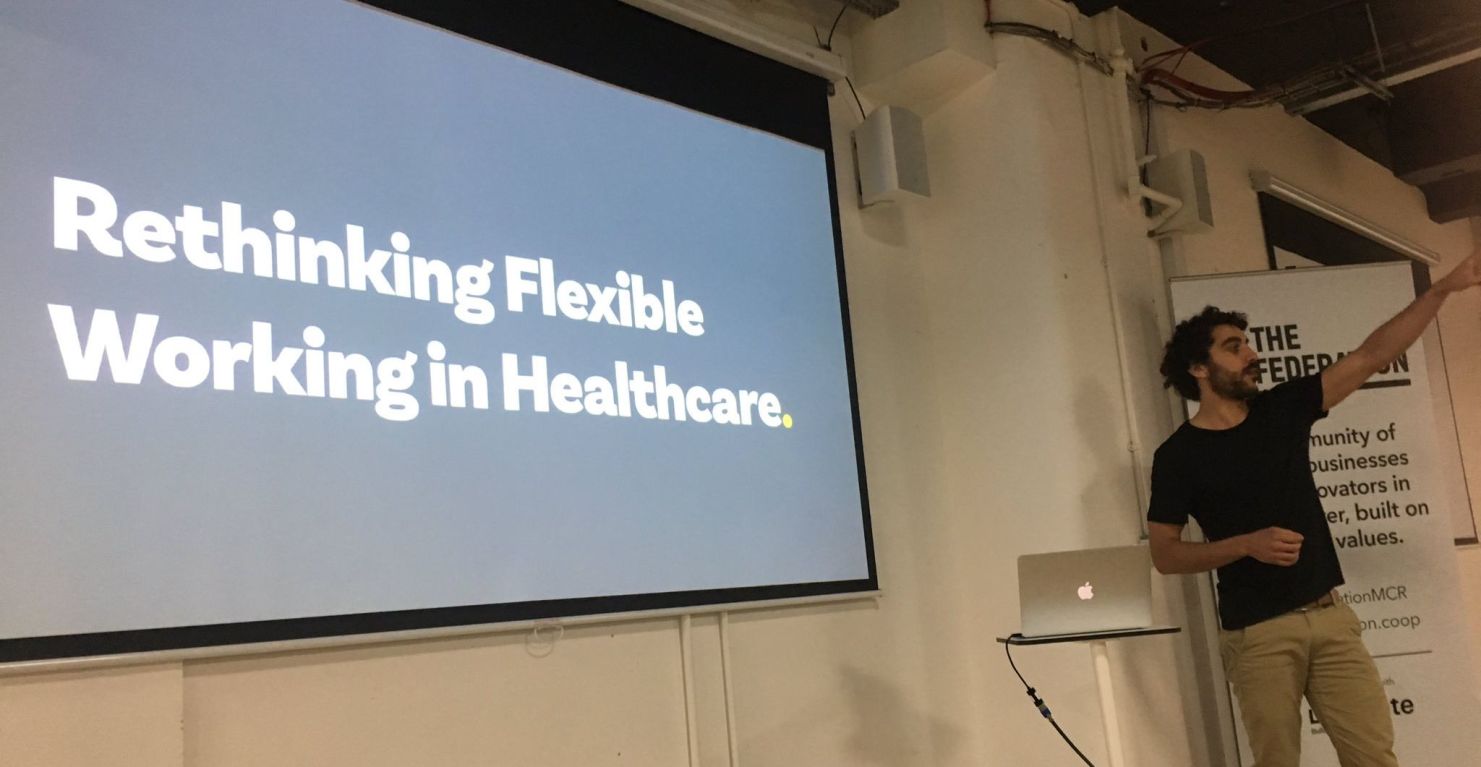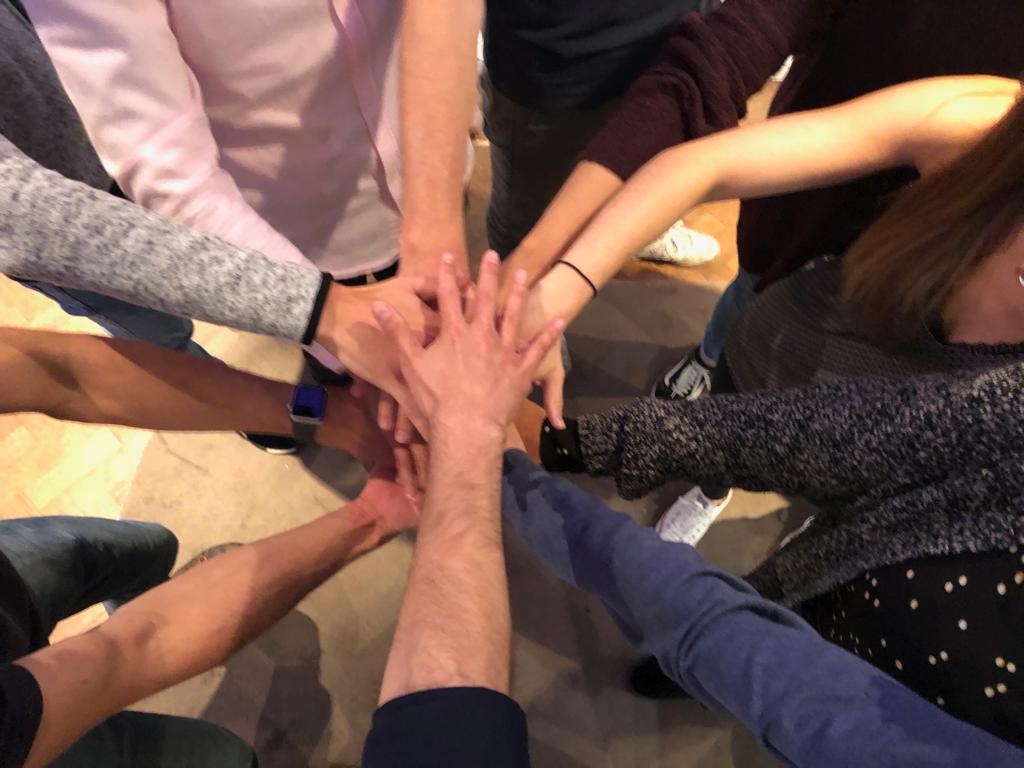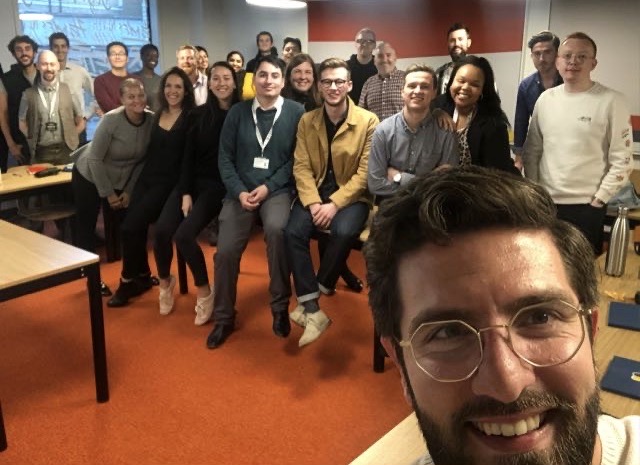Patchwork: Lessons Earned
A few months back I moved on from Patchwork—a health-tech startup that’s bringing flexible working to healthcare.

When I joined as its product lead, we were at 1 NHS Trust. Just shy of 2 years later and the company is fast approaching 20—double digit marketshare.
It has a multi award-winning product, it’s been featured in Forbes and it’s been backed by £millions of venture capital funding.
It was peddle to the metal for the 1.5 years I was with the company. So much to take in. There were a bunch of lessons learned. Some with sharp edges.
Let’s shine a light on a few of the biggies.
#1 You can’t just parachute the technology in…
When I showed-up at Patchwork, there were 5 implementation people. Just 1 person working on the product.
For a tech startup, this seemed like the ratio was around the wrong way. But then…
One of the things the founders figured out early on was that you cannot just parachute the technology in. Important for enterprise, multiple by 2 for big healthcare.

In enterprise, you have understand the different stakeholders, what they care about, their worn in habits, the processes or lack of, before you can begin introducing the new product, the new way of working.
You have to nail the training, the behaviour change, otherwise your vision of the future doesn’t have a bridge to get there.
Reminded me of the forces of progress diagram from Jobs-to-be-done.

It is easy to overlook the forces working against your new product, idea, solution, even if it is x10 improvement. There are always:
- Anxieties about the switch to the new solution
- Worn in Habits that need relearning
A thorough implementation process and a solid team removed these obstacles and made way for adoption across the entire organisations we rolled out at.
#2 As you grow, start engaging with all key stakeholders
When you’re a small team, you can gather the 2 useful people for the conversation, cut your decision and run with it. This is fast product management, product management on a shoe string.

As the company scales, this becomes less effective. More people want more things from the product—requests from founders, marketing, customer success—it piles up quickly.
If stakeholder’s requests aren’t tended to, they feel like you don’t value their opinion.
I struggled with this and it caused a number of tensions across the company. Tensions that I never really shook off.
I have ideas for how I might improve the product team engagement going forward—here are a few:
- Regularly articulate the product vision—helps people understand what matters and more importantly, what doesn’t matter
- Give other teams–marketing, customer success, founders–ways to prioritise their own feature ideas vs. the product team maintaining one big backlog.
- Give teams a way to understand why their feature pitches were NOT selected for development. I.e. unclear scopes, opportunity costs, features that will cause more feature requests, not a fit with product vision
This will be a well trodden path for product managers in larger businesses.
But as a gentle reminder to all the stretched product leads in fast growth startups—make sure you’re applying the right amount of engagement as your company grows.
Keep the chakras aligned ॐ
#3 Firing people & ways to think about it
You can usually stick each case in a bucket:
- Good people, poor technical skills
- Bad people, good technical skills
- Good people, good technical skills, not motivated
I’ve found no way to deal with Bucket 2, so they go right away. Doesn’t matter how productive they are. Letting them go might feel counterintuitive—why let go of this x10 engineer? One exceptional player that corrodes the moral of 5 others will only hurt you in the long run.
I found you can work on bucket 1 and 3. Performance management is a two way street but you have to put a clear line in the sand for when you’re expecting to see progress.
The pace of a fast growing startup exposes problems faster.
I let one employee stay for too long. The work was sloppy and there was no sign of improvement. We invested a lot of time. We were carrying a dead weight and that brought the team down.
Eventually we let the chap go. He was a good soul and had a small family in London. I knew this was going to hit his family hard. Unfortunately this was just not the right place for him.
None of this is new, but it’s important to remember that your job as a manager is not just recruiting to your team, but editing your team. It might be painful decision in the short term, but look further out, it’s almost always for the best.
#4 Be quick to teach, slow to anger
“It’s not what happens to you, but how you react to it that matters.”
Says Epictetus, many moons ago.
🎵 Lovely sample in this Anjunadeep number.
I’m a bit of a hot head so I feel uncomfortable preaching about this, but, it’s something I continue to work on over the years and I am still not great at it. Anyways, the best version of yours truly strives for this:
When your team inevitably drops the ball, be quick to teach, slow to anger. Sit their side of the table, spin the problem around with them. Ask them questions about how they might avoid this in the future.
Teaching enables others to perform better next time without you. That scales.
Flipping-out makes others nervous to take action without you. This does not scale.
#5 If your aggressive competitor starts a race to the bottom…
On pricing, on making misleading claims, on dick moves,
Hold
your
fucking
nerve.
It’s beyond tempting to join the in the race especially if the market responds positively to the bullshit. I was impressed with the founders Jing and Anas when they resisted. It’s hard, all your incentives pull you towards joining in the race to the bottom.
Fortunately in a dynamic space like health-tech, it’s never long before those with all mouth and no trousers are sussed out.
Whereas those that actually nail the delivery have the staying power.
A Huge 🙏🏼

At my last Company All Hands back in November, we were bursting at the seems in the meeting room.
With the headcount fast approaching 40, lots of friendly new faces, and a new round of investment behind them, Patchwork are firmly on track to deliver their vision of flexible working for healthcare—A doctor, nurse or therapist, there when you need one most.
I owe a huge thank you to the team for all their time, hard work and support.
Building a company and lightening speed is difficult in many different ways, but these brilliant people made it possible and we had a right old scream along the way.
